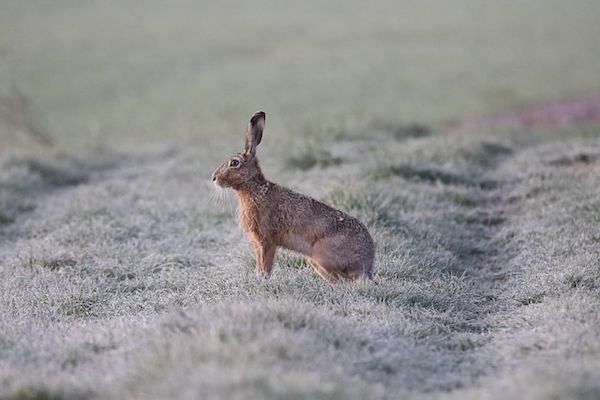 Credit: Pixabay
Credit: Pixabay
On Monday 7 April 2025, Luxembourg’s Ministry of Agriculture, Food and Viticulture reported that on Monday 24 March 2025, a hare was dropped off at the wildlife drop-off point in Junglinster and died shortly after arriving at the Wildlife Care Centre in Dudelange.
The ministry reported that, as part of further laboratory tests at the Veterinary and Food Laboratory (LVA), the pathogen tularemia was officially confirmed to be present in this hare on Thursday 3 April 2025.
The ministry explained that tularemia is a highly contagious bacterial disease caused by the bacterium Francisella tularensis, which can also be transmitted to humans. The pathogen is primarily found in wild animals and can infect a wide variety of species. Hares are particularly susceptible, which is why the disease is also known as hare plague. Rabbits and rodents such as rats and mice, as well as wild ruminants and carnivores, can also become infected.
Transmission occurs through direct contact with infected animals or their carcasses. The preparation and consumption of undercooked meat containing the pathogen also poses a risk of infection. Transmission can also occur through the consumption of contaminated water, inhalation of contaminated dust or through the sting or bite of infected, blood-sucking insects or ticks.
In animals, the disease can have either a mild course or an epidemic with high mortality. In rabbits, the disease usually develops acutely and leads to death within a few days. Typical symptoms include shaggy fur, an unsteady gait, apathy and a loss of natural shyness. In chronic cases, weakness, severe emaciation and skin changes are the main symptoms. The clinical picture in humans is complex and depends on the point of entry of the pathogen into the body. After a few days, flu-like symptoms may occur, including high fever, swollen lymph nodes, headaches, body aches, diarrhoea or vomiting and, in cases of infection through the smallest skin wounds, even slow-healing ulcers.
The ministry stressed that, to prevent infection, unprotected contact with wild animals or wild animal carcasses should be avoided. Disposable gloves and a respirator (FFP2/FFP3) should be worn when handling them. Hare and rabbit meat should be thoroughly cooked before consumption as heat reliably kills the pathogen.
Since pets such as dogs and cats can also become ill and thus transmit the disease to humans, they should avoid contact with hares and wild rabbits.
Material that has come into contact with potentially infected animals should be cleaned and disinfected to reduce the risk of transmission.
The ministry has urged anyone who finds sick hares or rabbits to contact the Wildlife Care Centre (Centre de soins pour la faune sauvage) in Dudelange. Dead hares or rabbits can be brought to the Veterinary and Food Laboratory for examination. However, it is advised to contact the laboratory (LVA) in advance via tel.: 247-82544.
SM








